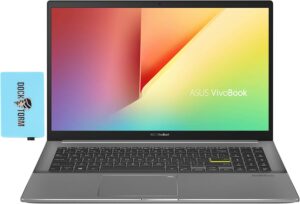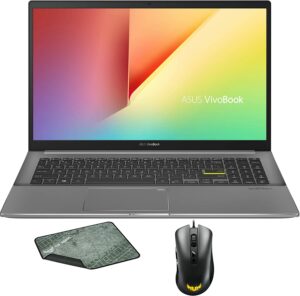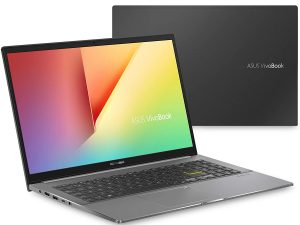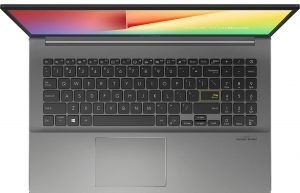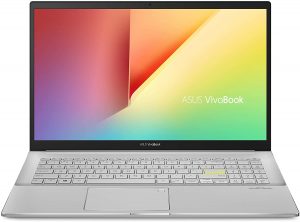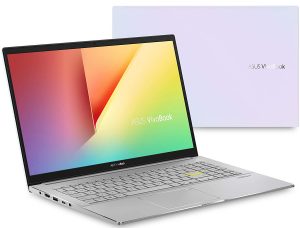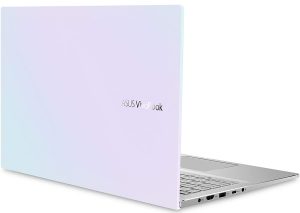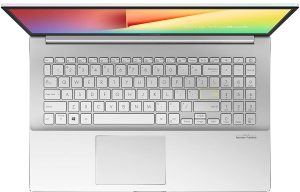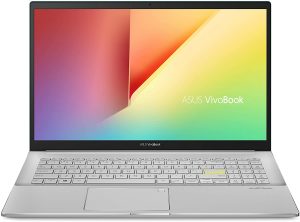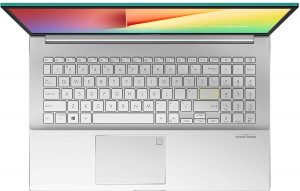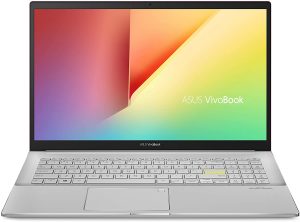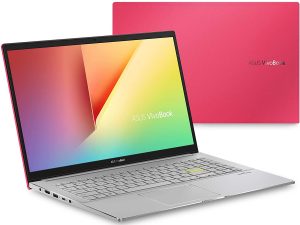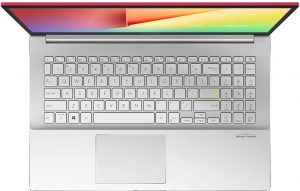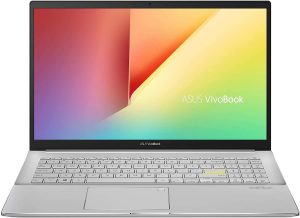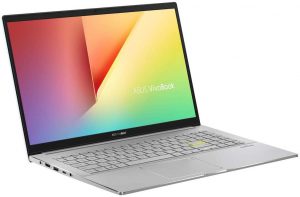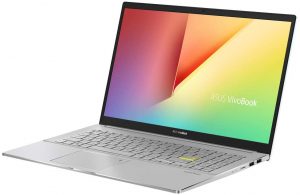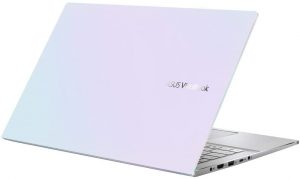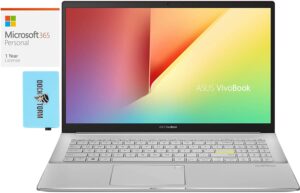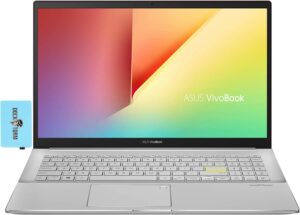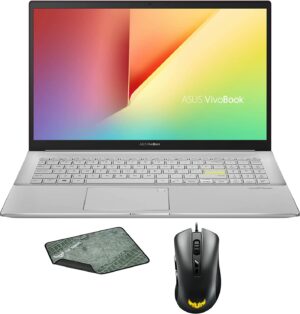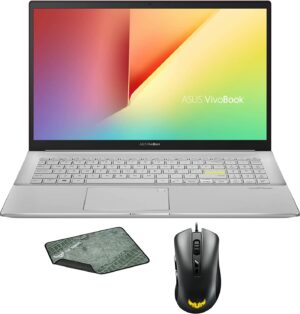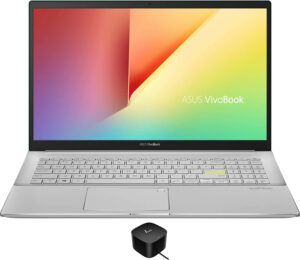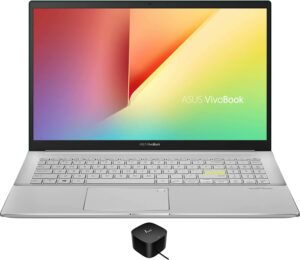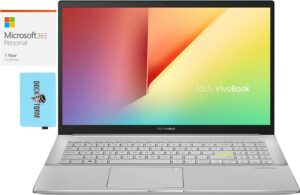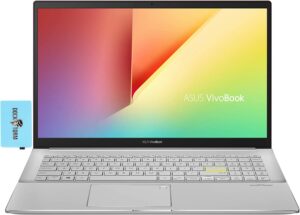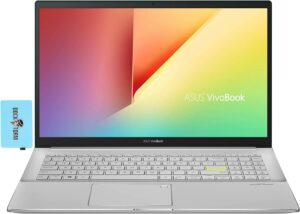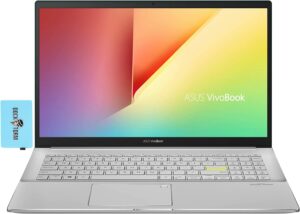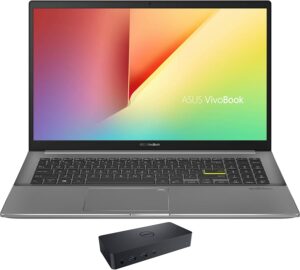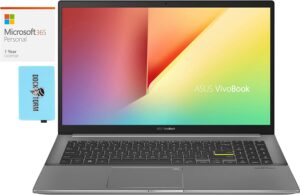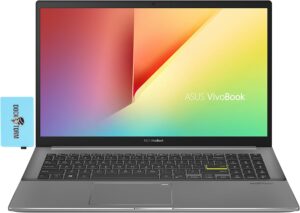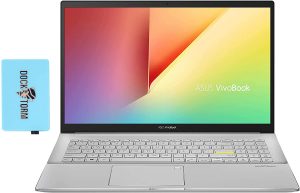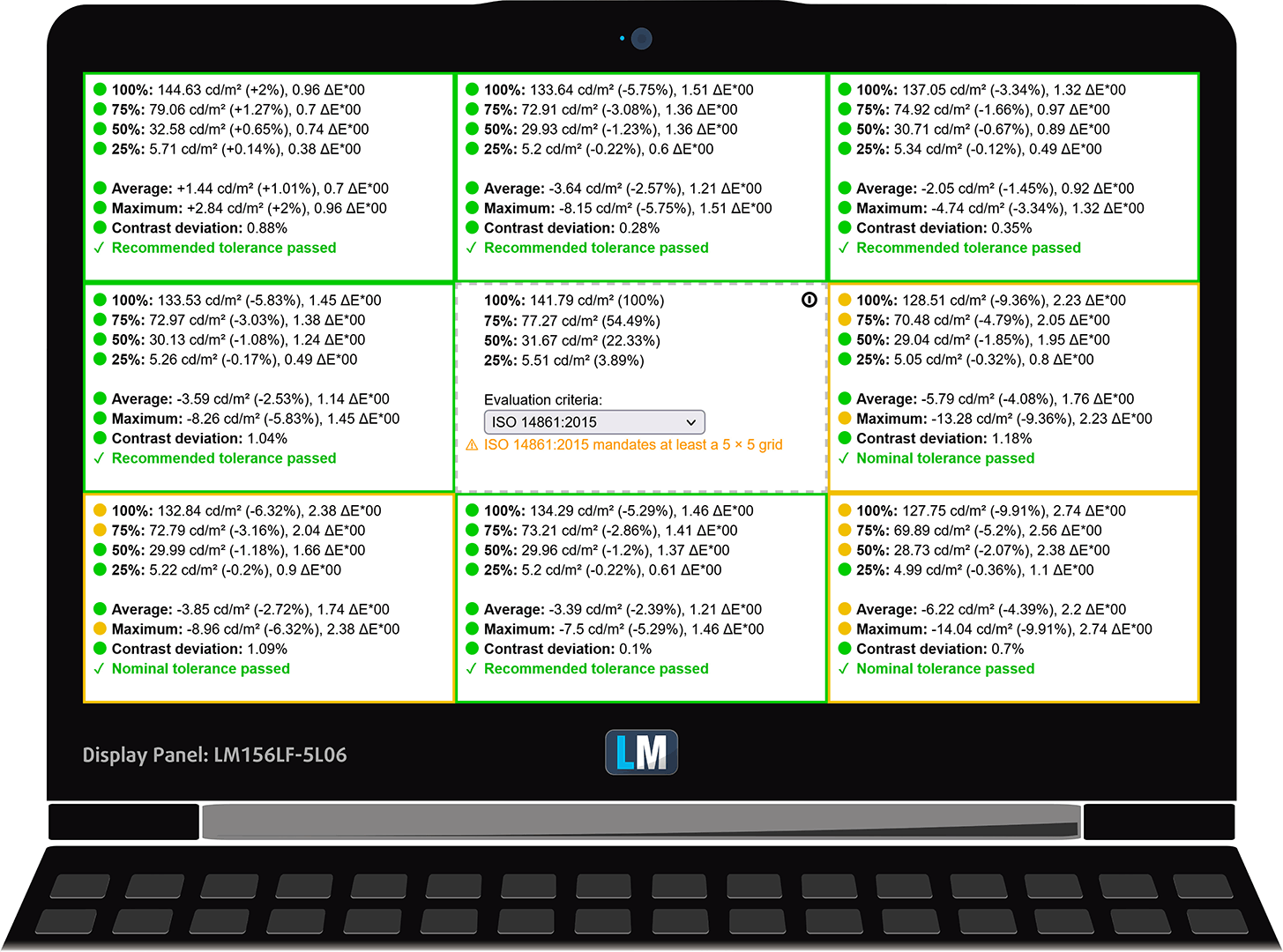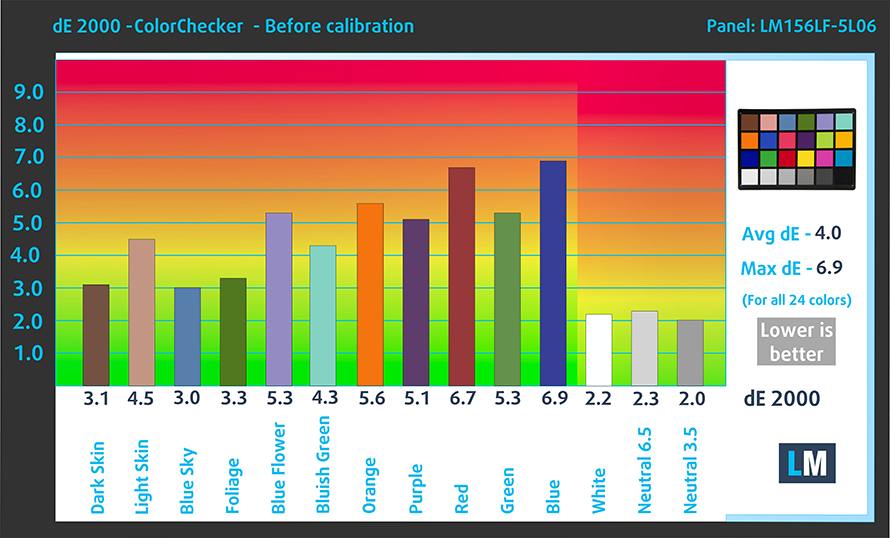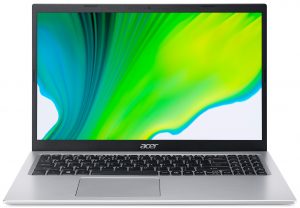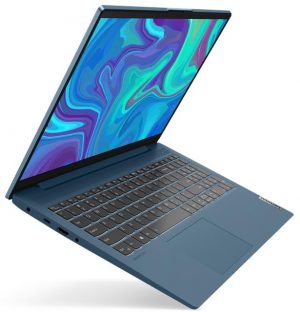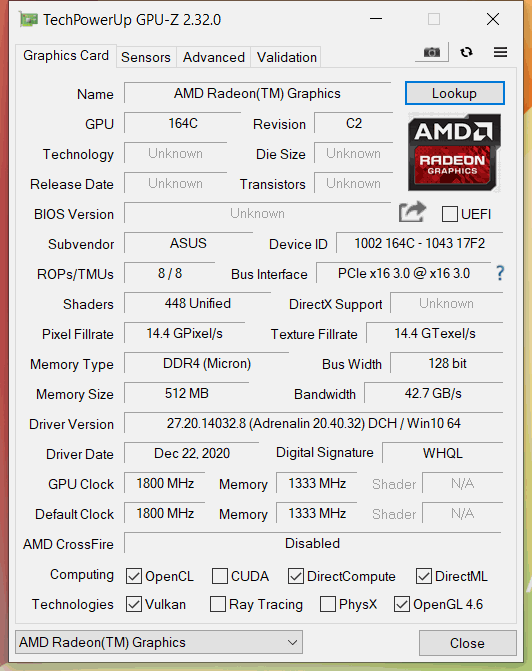ASUS VivoBook S15 M533 review – same old with a pinch of AMD
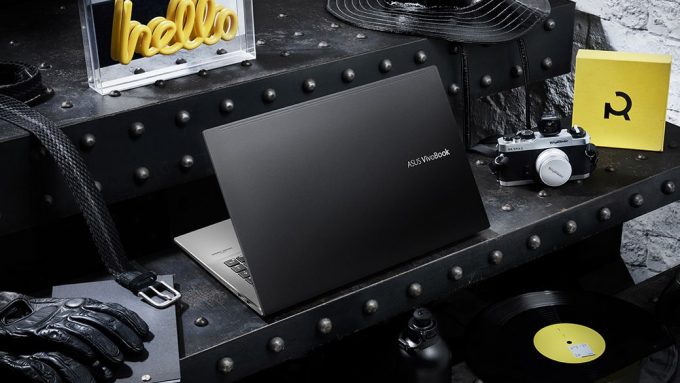 If ASUS’s ZenBook series is aimed to deliver consistency and class, the VivoBooks was always about expressing yourself. Now, the VivoBook S15 M533 is bringing a couple of Zen 2 multithreaded processors to the game. With their 15W TDP and high performance, they will be good for some light gaming, pretty much every daily task, and perhaps more importantly – a full day worth of battery.
If ASUS’s ZenBook series is aimed to deliver consistency and class, the VivoBooks was always about expressing yourself. Now, the VivoBook S15 M533 is bringing a couple of Zen 2 multithreaded processors to the game. With their 15W TDP and high performance, they will be good for some light gaming, pretty much every daily task, and perhaps more importantly – a full day worth of battery.
Of course, without any tests, these claims sit empty and weightless. Interestingly, the M533 uses the same chassis, as the S533, which is an Intel-based product. Ultimately, the latter rightfully received our Editor’s Choice award for its supreme efficiency and good performance. However, it was equipped with an NVIDIA GeForce MX250 (25W), and it will be really interesting to see if the integrated graphics on today’s unit is going to hold their own.
You can check the prices and configurations in our Specs System: https://laptopmedia.com/series/asus-vivobook-s15-s533/
Contents
Specs Sheet
- GPU
- NVIDIA GeForce MX350 (25W) #229 en Top GPUs NVIDIA GeForce MX350 #228 en Top GPUs NVIDIA GeForce MX250 (25W) #233 en Top GPUs Intel UHD Graphics #263 en Top GPUs Intel Iris Xe Graphics G7 (96EU) #226 en Top GPUs Intel Iris Xe Graphics G7 (80EU) #234 en Top GPUs AMD Radeon RX Vega 7 (R4000/5000, 15W) #242 en Top GPUs AMD Radeon RX Vega 6 (R4000/5000, 15W) #251 en Top GPUs
- HDD/SSD
- hasta 2000GB SSD
- Ranura M.2
- 2x 2280 M.2 NVMe slot Ver foto
- RAM
- up to 16GB
- OS
- Windows 10 Pro, Windows 11 Pro, Windows 11 Home, Windows 10 Home
- Batería
- 50Wh, 3-cell
- Material del cuerpo
- Plastic / Polycarbonate, Aluminum
- Dimensiones
- 359.8 x 233.8 x 16.1 mm (14.17" x 9.20" x 0.63")
- Peso
- 1.80 kg (4 lbs)
- Puertos y conectividad
- 2x USB Type-A
- 2.0
- 1x USB Type-A
- 3.2 Gen 1 (5 Gbps)
- 1x USB Type-C
- 3.2 Gen 1 (5 Gbps)
- HDMI
- Lector de tarjetas
- MicroSD
- Wi-Fi
- 802.11ax
- Bluetooth
- 5.0
- Conector de audio
- 3.5 mm combo
- Features
- Lector de huellas dactilares
- optional
- Cámara web
- HD
- Teclado retroiluminado
- Micrófono
- Digital Array Microphone
- Altavoces
- 2x 2W, Harman Karbon
- Unidad óptica
Todo ASUS VivoBook S15 S533 (M533) configuraciones
Design, construction, and disassembly
As we said, we have already reviewed pretty much the same device in the face of the VivoBook S15 S533. If you want to see how it looks, and what it has on the inside, you can check its own in-depth review.
Display quality
ASUS VivoBook S15 M533 comes with a Full HD IPS panel, model number Panda LM156LF-5L06 (NCP0046). Its diagonal is 15.6″ (39.62 cm), and the resolution – 1920 х 1080p. Additionally, the screen ratio is 16:9, the pixel density – 142 ppi, their pitch – 0.18 x 0.18 mm. The screen can be considered Retina when viewed from at least 60 cm (from this distance, the average human eye can’t see the individual pixels).
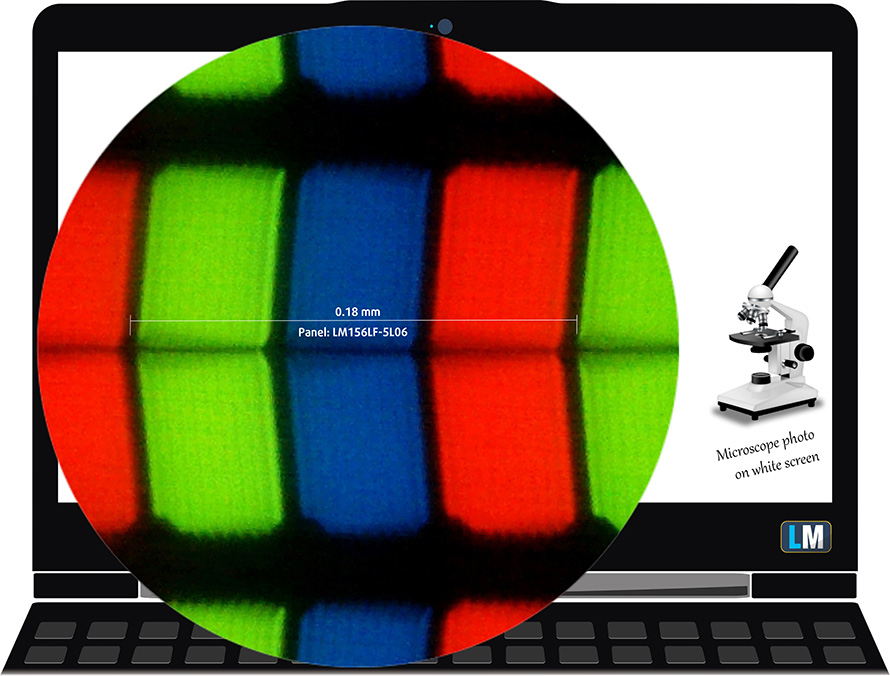
The viewing angles are good. We offer images at different angles to evaluate the quality.

The maximum measured brightness is 296 nits (cd/m2) in the middle of the screen and 282 nits (cd/m2) average across the surface with a maximum deviation of 10%. The Correlated Color Temperature on a white screen and at maximum brightness is 6650K (average) – slightly colder than the 6500K optimum for sRGB.
In the illustration below you can see how the display performs from a uniformity perspective. The illustration below shows how matters are for operational brightness levels (approximately 140 nits) – in this particular case at 59% Brightness (White level = 142 cd/m2, Black level = 0.10 cd/m2).
Values of dE2000 over 4.0 should not occur, and this parameter is one of the first you should check if you intend to use the laptop for color-sensitive work (a maximum tolerance of 2.0 ). The contrast ratio is good – 1350:1.
To make sure we are on the same page, we would like to give you a little introduction to the sRGB color gamut and the Adobe RGB. To start, there’s the CIE 1976 Uniform Chromaticity Diagram that represents the visible specter of colors by the human eye, giving you a better perception of the color gamut coverage and the color accuracy.
Inside the black triangle, you will see the standard color gamut (sRGB) that is being used by millions of people on HDTV and on the web. As for the Adobe RGB, this is used in professional cameras, monitors, etc for printing. Basically, colors inside the black triangle are used by everyone and this is the essential part of the color quality and color accuracy of a mainstream notebook.
Still, we’ve included other color spaces like the famous DCI-P3 standard used by movie studios, as well as the digital UHD Rec.2020 standard. Rec.2020, however, is still a thing of the future and it’s difficult for today’s displays to cover that well. We’ve also included the so-called Michael Pointer gamut, or Pointer’s gamut, which represents the colors that naturally occur around us every day.
The yellow dotted line shows ASUS VivoBook S15 M533’s color gamut coverage.
Its display is limited just to 54% of the sRGB/ITU-R BT.709 (web/HDTV standard) in CIE1976.

Our “Design and Gaming” profile delivers optimal color temperature (6500K) at 140 cd/m2 luminance and sRGB gamma mode.
We tested the accuracy of the display with 24 commonly used colors like light and dark human skin, blue sky, green grass, orange, etc. You can check out the results at factory condition and also, with the “Design and Gaming” profile.
Below you can compare the scores of ASUS VivoBook S15 M533 with the default settings (left), and with the “Gaming and Web design” profile (right).
The next figure shows how well the display is able to reproduce really dark parts of an image, which is essential when watching movies or playing games in low ambient light.
The left side of the image represents the display with stock settings, while the right one is with the “Gaming and Web Design” profile activated. On the horizontal axis, you will find the grayscale, and on the vertical axis – the luminance of the display. On the two graphs below you can easily check for yourself how your display handles the darkest nuances but keep in mind that this also depends on the settings of your current display, the calibration, the viewing angle, and the surrounding light conditions.
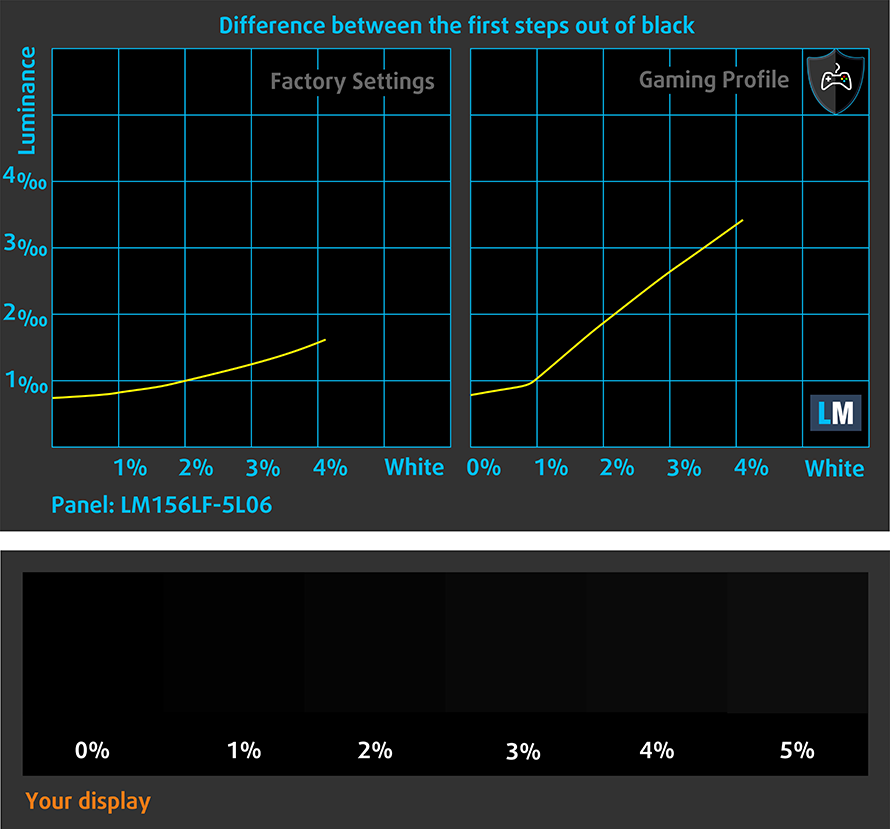
Response time (Gaming capabilities)
We test the reaction time of the pixels with the usual “black-to-white” and “white-to-black” method from 10% to 90% and vice versa.
We recorded Fall Time + Rise Time = 25 ms.
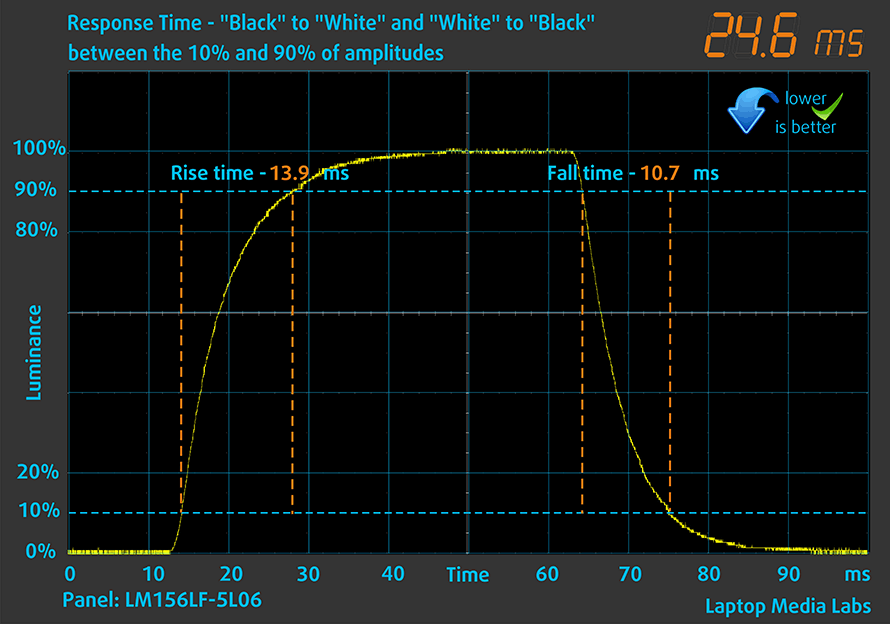
After that, we test the reaction time of the pixels with the usual “Gray-to-Gray” method from 50% White to 80% White and vice versa between 10% and 90% of the amplitude.
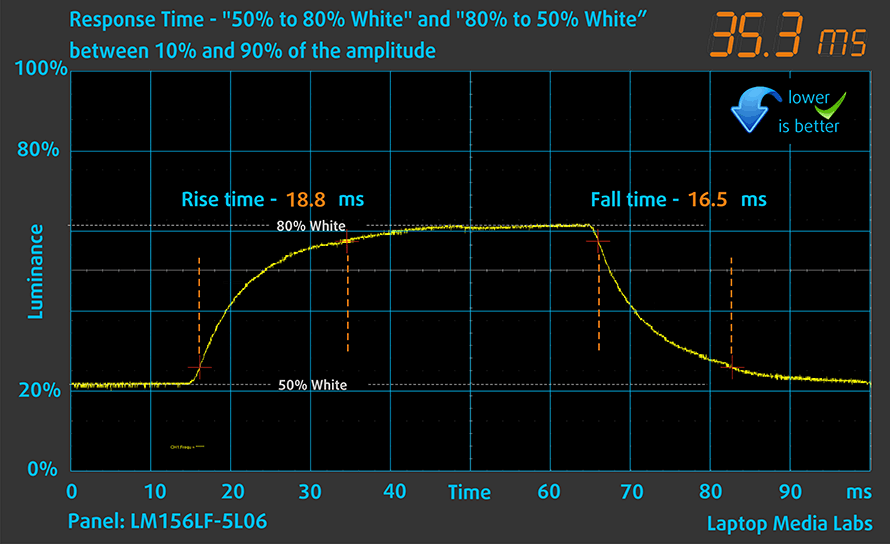
Health impact – PWM / Blue Light
PWM (Screen flickering)
Pulse-width modulation (PWM) is an easy way to control monitor brightness. When you lower the brightness, the light intensity of the backlight is not lowered, but instead turned off and on by the electronics with a frequency indistinguishable to the human eye. In these light impulses, the light/no-light time ratio varies, while brightness remains unchanged, which is harmful to your eyes. You can read more about that in our dedicated article on PWM.
ASUS VivoBook S15 M533’s backlight does not flicker at any brightness level. This ensures comfort to the eyes in this aspect.
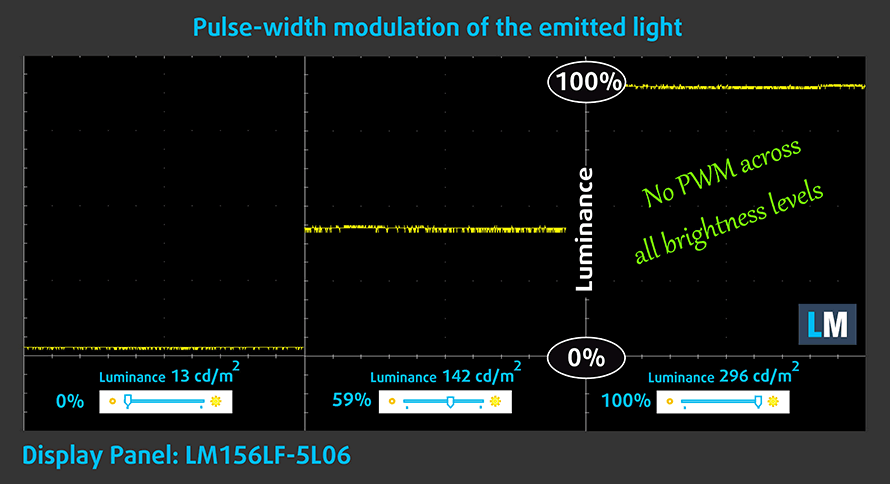
Blue light emissions
Installing our Health-Guard profile not only eliminates PWM but also reduces the harmful Blue Light emissions while keeping the colors of the screen perceptually accurate. If you’re not familiar with the Blue light, the TL;DR version is – emissions that negatively affect your eyes, skin, and your whole body. You can find more information about that in our dedicated article on Blue Light.
Buy our profiles
Since our profiles are tailored for each individual display model, this article and its respective profile package are meant for ASUS VivoBook S15 M533 configurations with 15.6″ Panda LM156LF-5L06 (NCP0046) (FHD, 1920 × 1080) IPS.
*Should you have problems with downloading the purchased file, try using a different browser to open the link you’ll receive via e-mail. If the download target is a .php file instead of an archive, change the file extension to .zip or contact us at [email protected].
Read more about the profiles HERE.
Además de recibir perfiles eficientes y respetuosos con la salud, al comprar los productos de LaptopMedia también apoyas el desarrollo de nuestros laboratorios, donde probamos los dispositivos para elaborar las reseñas más objetivas posibles.

Trabajo de oficina
El perfil Trabajo de Oficina debería ser utilizado sobre todo por usuarios que pasan la mayor parte del tiempo mirando trozos de texto, tablas o simplemente navegando. Este perfil pretende ofrecer una mayor nitidez y claridad manteniendo una curva de gamma plana (2,20), una temperatura de color nativa y colores perceptualmente precisos.

Diseño y juego
Este perfil está dirigido a los diseñadores que trabajan con los colores de forma profesional, y también para juegos y películas. Design and Gaming lleva a los paneles de visualización a sus límites, haciéndolos tan precisos como sea posible en el estándar sRGB IEC61966-2-1 para Web y HDTV, en el punto blanco D65.

Salud-Guardia
Salud-Guardia elimina la perjudicial Modulación de Ancho de Pulso (PWM) y reduce la luz azul negativa que afecta a nuestros ojos y a nuestro cuerpo. Al estar adaptado a cada panel, consigue mantener los colores perceptivamente precisos. Salud-Guardia simula el papel, por lo que la presión sobre los ojos se reduce considerablemente.
Consigue los 3 perfiles con un 33% de descuento
Sound
ASUS VivoBook S15 M533’s Harman Kardon speakers are pretty nice. They produce sound with good quality and clear low, mid, and high tones.

Drivers
All of the drivers and utilities for this notebook can be found here: https://www.asus.com/Laptops/For-Home/VivoBook/VivoBook-S15-M533-AMD-Ryzen-5000-Series/HelpDesk_knowledge/
Battery
Now, we conduct the battery tests with Windows Better performance setting turned on, screen brightness adjusted to 120 nits, and all other programs turned off except for the one we are testing the notebook with. This device’s 50Wh battery pack lasted us for 10 hours and 50 minutes of Web browsing, and 10 hours and 44 minutes of video playback.
Para simular las condiciones de la vida real, utilizamos nuestro propio script de navegación automática por más de 70 sitios web.


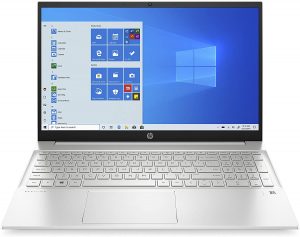
Para cada prueba de este tipo, utilizamos el mismo vídeo en HD.



CPU options
The unit we are reviewing today can be found with the Ryzen 5 5500U, or the Ryzen 7 5700U.
Los resultados proceden de la prueba de CPU Cinebench R23 (cuanto mayor sea la puntuación, mejor)
Los resultados proceden de nuestra prueba de referencia de Photoshop (cuanto más baja sea la puntuación, mejor)
GPU options
And on the graphics side, you can take advantage of the integrated RX Vega graphics.
Los resultados proceden de la prueba 3DMark: Time Spy (Graphics) (cuanto mayor sea la puntuación, mejor)
Los resultados proceden de la prueba 3DMark: Fire Strike (Graphics) (cuanto mayor sea la puntuación, mejor)
Los resultados proceden de la prueba comparativa Unigine Superposition (cuanto mayor sea la puntuación, mejor)
Gaming tests

| CS:GO | HD 1080p, Low (Check settings) | HD 1080p, Medium (Check settings) | HD 1080p, MAX (Check settings) |
|---|---|---|---|
| Average FPS | 116 fps | 83 fps | 57 fps |

| DOTA 2 | HD 1080p, Low (Check settings) | HD 1080p, Normal (Check settings) | HD 1080p, High (Check settings) |
|---|---|---|---|
| Average FPS | 112 fps | 75 fps | 43 fps |
Temperatures and comfort
Max CPU load
In this test we use 100% on the CPU cores, monitoring their frequencies and chip temperature. The first column shows a computer’s reaction to a short load (2-10 seconds), the second column simulates a serious task (between 15 and 30 seconds), and the third column is a good indicator of how good the laptop is for long loads such as video rendering.
Average core frequency (base frequency + X); CPU temp.
| AMD Ryzen 5 5500U (15W TDP) | 0:02 – 0:10 sec | 0:15 – 0:30 sec | 10:00 – 15:00 min |
|---|---|---|---|
| ASUS VivoBook S15 M533 | 2.95 GHz (B+40%) @ 95°C @ 30W | 2.72 GHz (B+29%) @ 95°C @ 23W | 2.65 GHz (B+26%) @ 95°C @ 20W |
| Lenovo IdeaPad 3 (17″, 2021) | 2.94 GHz (B+40%) @ 67°C @ 25W | 2.78 GHz (B+32%) @ 72°C @ 22W | 2.61 GHz (B+24%) @ 67°C @ 18W |
| Acer Aspire 7 (A715-42G) | 3.18 GHz (B+51%) @ 62°C @ 36W | 3.16 GHz (B+50%) @ 65°C @ 35W | 2.88 GHz (B+37%) @ 62°C @ 25W |
| ASUS ZenBook 13 UM325 | 3.00 GHz (B+43%) @ 62°C @ 29W | 2.54 GHz (B+21%) @ 67°C @ 19W | 2.47 GHz (B+18%) @ 69°C @ 17W |
Weirdly, the VivoBook S15 M533 has the worst thermals than all four devices we’ve tested with this CPU. The difference between itself, and the ZenBook 13 UM325 is especially worrying.
Comfort during full load
Here, the notebook wasn’t too loud under an extreme workload. On the other hand, the warmest spot is around the WASD keys which is not ideal.

Verdict
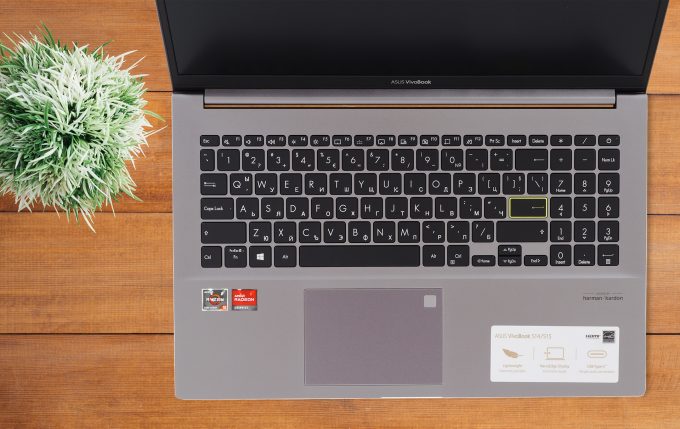 Ultimately, here we have a laptop with a good build quality, decent battery life, and a respectable amount of performance. Speaking of the latter, even though the CPU does its job perfectly in day-to-day tasks, as well as high-intensity load, the integrated graphics can’t cope with the GeForce MX250, which we found in the VivoBook S15 last year.
Ultimately, here we have a laptop with a good build quality, decent battery life, and a respectable amount of performance. Speaking of the latter, even though the CPU does its job perfectly in day-to-day tasks, as well as high-intensity load, the integrated graphics can’t cope with the GeForce MX250, which we found in the VivoBook S15 last year.
Also, it is unfortunate that you won’t be able to upgrade the memory on this notebook since ASUS has had it soldered to the motherboard. Nevertheless, you get two M.2 NVMe slots for storage expansion.
ASUS VivoBook S15 M533’s IPS panel (LM156LF-5L06 (NCP0046)) has a Full HD resolution, good contrast ratio, and comfortable viewing angles. Moreover, its backlight doesn’t flicker at any brightness level. Unfortunately, but unsurprisingly, the color coverage is quite low with about 54% of the sRGB gamut.
See, when we go to the port situation, we see the same confusion. It has a decent amount of I/O, including a MicroSD card reader, however, two of the three USB Type-A ports are limited to 2.0 speeds.
Then again, the speakers are on point, especially considering the price point. Also, you get an optional fingerprint reader and keyboard backlight.
Although we gave last year’s device an Editor’s Choice award, we can’t do it again. This is just because the M533 version only changes the CPU inside. This results in a higher performance, but a slightly worse battery life, which explains perfectly what is wrong with the machine. It has a ton of good stuff about it, but at the same time – there are some disadvantages (although most of them are pretty minor). And if you are wondering about choosing this unit, or the Intel models, just follow your gut feeling, and bear your work process in mind.
You can check the prices and configurations in our Specs System: https://laptopmedia.com/series/asus-vivobook-s15-s533/
Pros
- Great performance from the energy-efficient hardware
- No PWM (LM156LF-5L06 (NCP0046))
- MicroSD card slot and a fingerprint reader on board
- 2x M.2 SSD slots + Wi-Fi 6 support
- Good battery life
- Stylish metal chassis with four color options and stickers inside the box
Cons
- Covers only 54% of sRGB (LM156LF-5L06 (NCP0046))
- RAM is soldered to the motherboard
- 2/3 of the USB Type-A ports are 2.0
